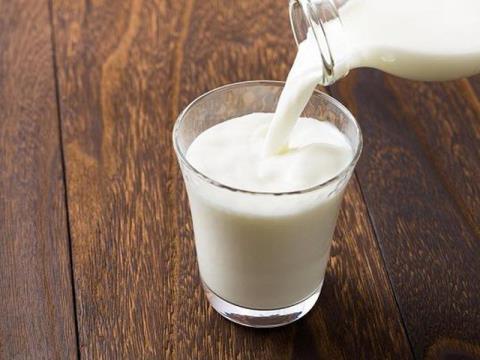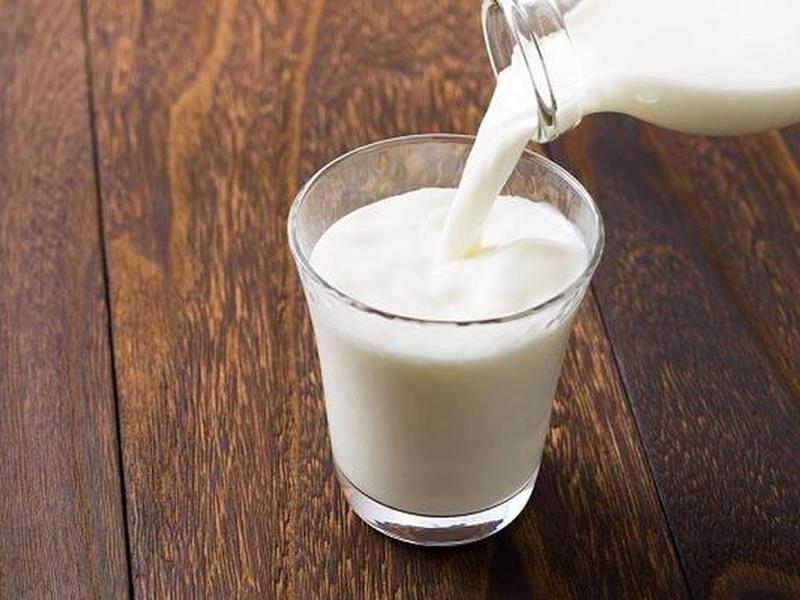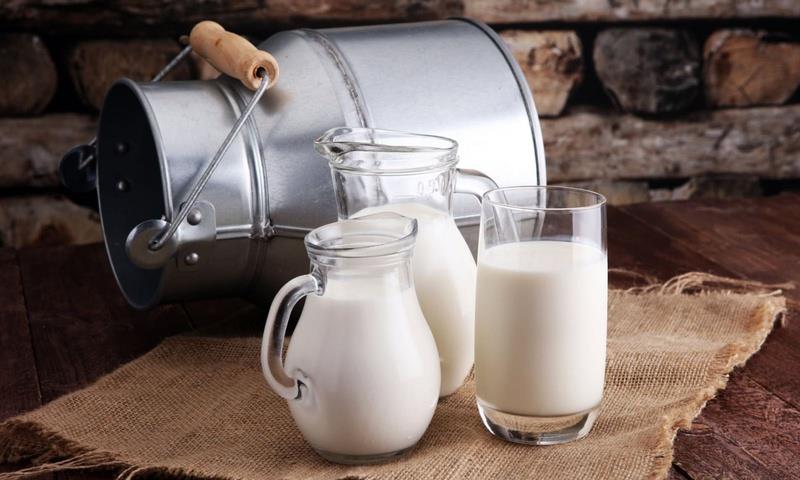What is full cream milk? Difference between fresh milk and whole milk powder

Whole milk provides abundant nutrients for the body. So what makes whole milk special compared to other types of milk?
We all know milk is a great source of nutrition. Currently on the market there are many different types of milk, each with different nutritional values. The highlight is whole milk.
What is full cream milk?
Full cream milk is fresh milk extracted from 100% pure fresh milk. That is, after the sterilization process, whole milk does not add any other substances, including preservatives, additives or flavorings. Therefore, whole milk retains the full flavor of natural milk.
 Full cream milk is extracted 100% from pure fresh milk.
Full cream milk is extracted 100% from pure fresh milk.
Advantage
Because whole milk is just milk that has been disinfected and has no other effects, the nutritional components in milk are preserved, especially the whey layer. For that reason, the fat standard in whole milk has the lowest content of 3.5 - 3.7%, along with a full range of nutrients such as protein , vitamins, minerals,... The content of these nutrients is high. much more than other types of milk. Therefore, milk is very suitable for children who have high nutritional needs during the growth period.
Whole milk is processed through a sudden heating and cooling process, which helps harmful bacteria not adapt and be destroyed, only the necessary substances are retained.
Whole milk is only processed by heat, so it does not contain preservatives and additives.
Full cream milk is suitable for all ages, just pay attention to the health and needs of each person. You can use whole milk for babies over 1 year old, women, men and the elderly.
If ordinary fresh milk can only be used for drinking, full cream milk with denser fat is also used as the main ingredient in cakes, ice cream, ...
 Whole milk is widely used in baking.
Whole milk is widely used in baking.
Defect
Because whole milk is only processed with not too high temperature and no preservatives, the shelf life of milk is also shorter than other types of milk. The shelf life is only about 10-20 days. Therefore, if you have opened it, you should use it immediately.
For babies under 1 and a half years old, whole milk is not a good choice. Although it contains more nutrients, the digestive system of young children is still immature, so it is not suitable to use this milk. In addition, some nutrients such as protein, calcium , and phosphorus in milk exceed the needs of young children, so they are not suitable for children's health.
Whole milk is also not suitable for people who are overweight or obese because the rich fat of whole milk will make overweight more serious.
Full cream milk and whole milk powder
There are two main types of whole milk: whole milk and whole milk powder. Basically, these two types of milk are extracted from 100% pure fresh cow's milk. Only some of their differences are:
- Form
Full cream milk: is pure milk obtained from cows, only going through the sterilization process by pasteurization or pasteurization technology and then put into use.
Whole milk powder: Whole milk is dewatered by evaporating fresh cow's milk, the rest of the powder is crushed and powdered to obtain full cream milk powder.
- Nutritional content
The fat content in whole milk powder is at 3.5%, while the fresh milk form ranges from 3.5 to 3.7%. Other nutrients in powdered milk are also lower than in fresh milk due to the water separation process.
- Preserve
With whole milk powder, you just need to store it in a cool place, the temperature is below 27 degrees Celsius, the humidity is less than 65%.
With full cream fresh milk, it requires more strict preservation, up to only 10 days. After opening, it should be refrigerated at 0-4 degrees Celsius and used within 7 days.
 Full cream milk requires stricter storage than other types of milk.
Full cream milk requires stricter storage than other types of milk.
Above is some information about whole milk, one of the widely available milk on the market today. Hopefully, it will give you one more choice and depending on your needs, you can choose to buy the most suitable milk for you.